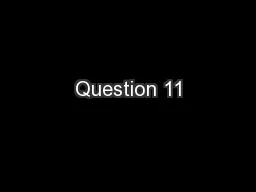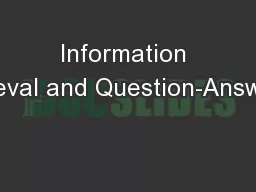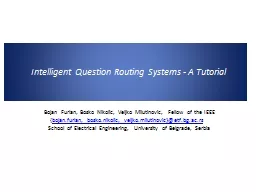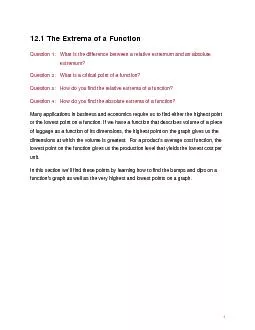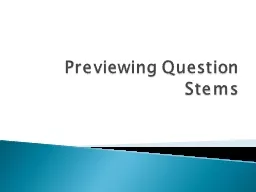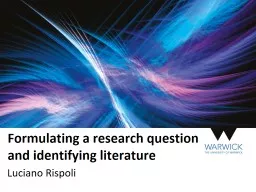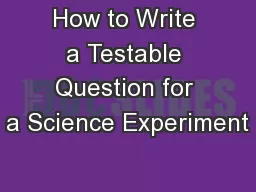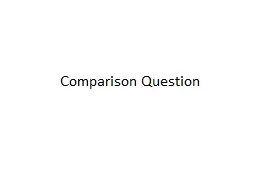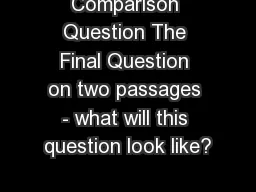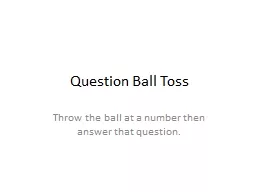PPT-Question 11
Author : yoshiko-marsland | Published Date : 2017-11-04
Attribute inheritance is the gaining of attributes by a subtype entity from a supertype entity This inheritance of common pieces of data from general to more specific
Presentation Embed Code
Download Presentation
Download Presentation The PPT/PDF document "Question 11" is the property of its rightful owner. Permission is granted to download and print the materials on this website for personal, non-commercial use only, and to display it on your personal computer provided you do not modify the materials and that you retain all copyright notices contained in the materials. By downloading content from our website, you accept the terms of this agreement.
Question 11: Transcript
Download Rules Of Document
"Question 11"The content belongs to its owner. You may download and print it for personal use, without modification, and keep all copyright notices. By downloading, you agree to these terms.
Related Documents

